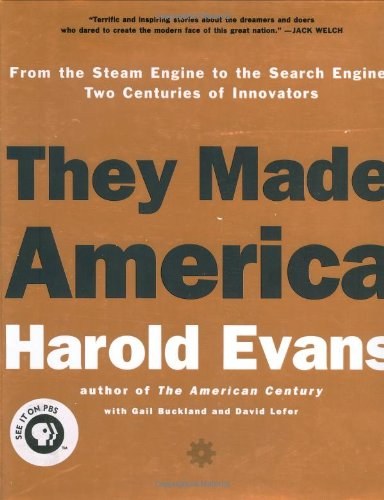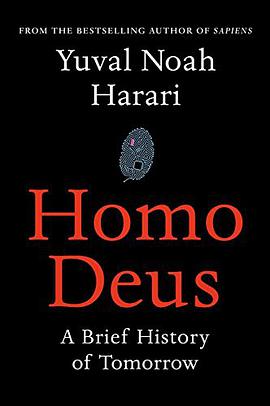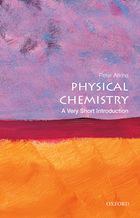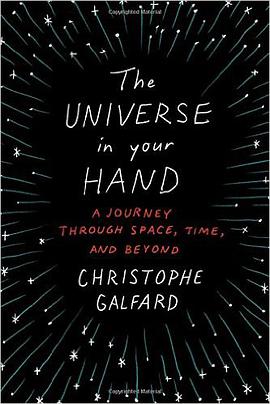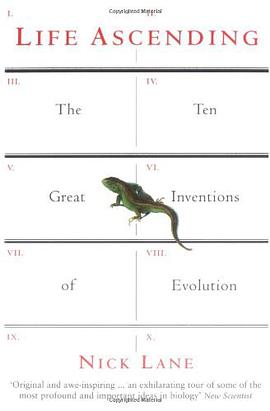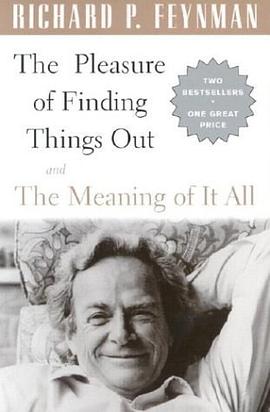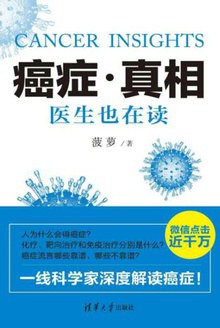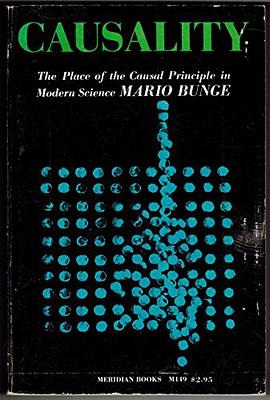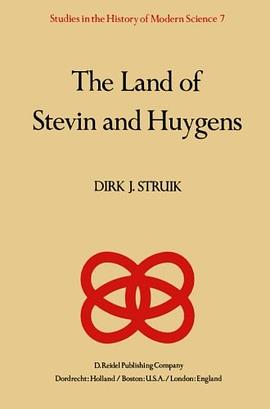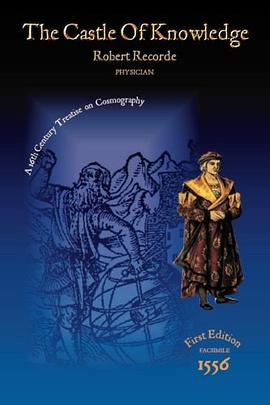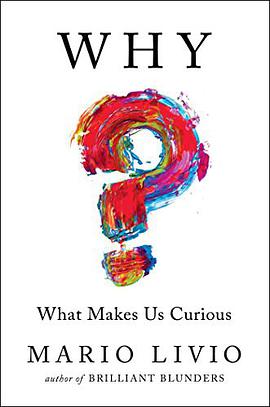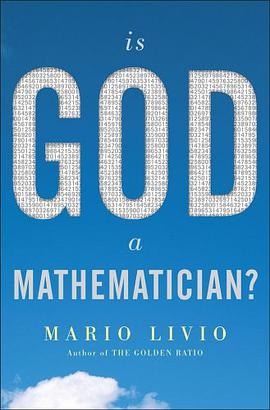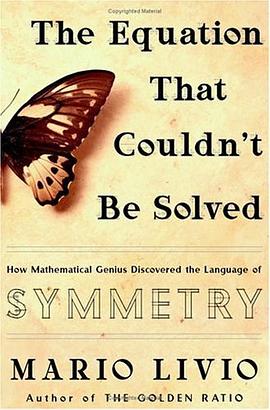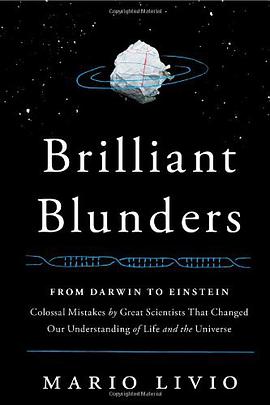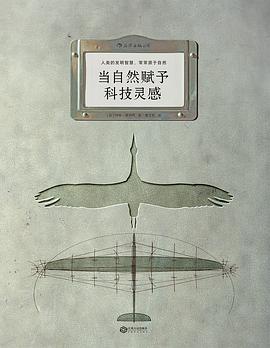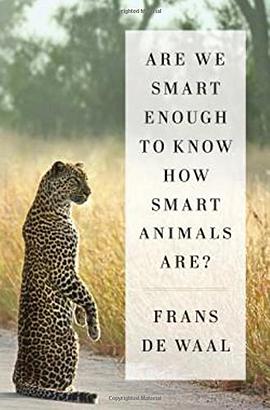They Made America 豆瓣
作者:
Harold Evans
/
Gail Buckland
…
Little, Brown and Company
2004
- 10
The real inventor of the steam engine. The creator of the bra. The man who invented modern banking. The creator of the computer operating system. These and scores of others are the characters that populate Harold Evans's rollicking, brilliant history of the men and women who made America great. Vast and beautifully designed with hundreds of duotones and photos throughout (many never before published), the book is itself a creation as grand as those it describes. Evans reveals the surprising truths behind many of the creations that made our modern world, as well as the lessons we can learn by studying the great entrepreneurs and innovators of the past two centuries.
